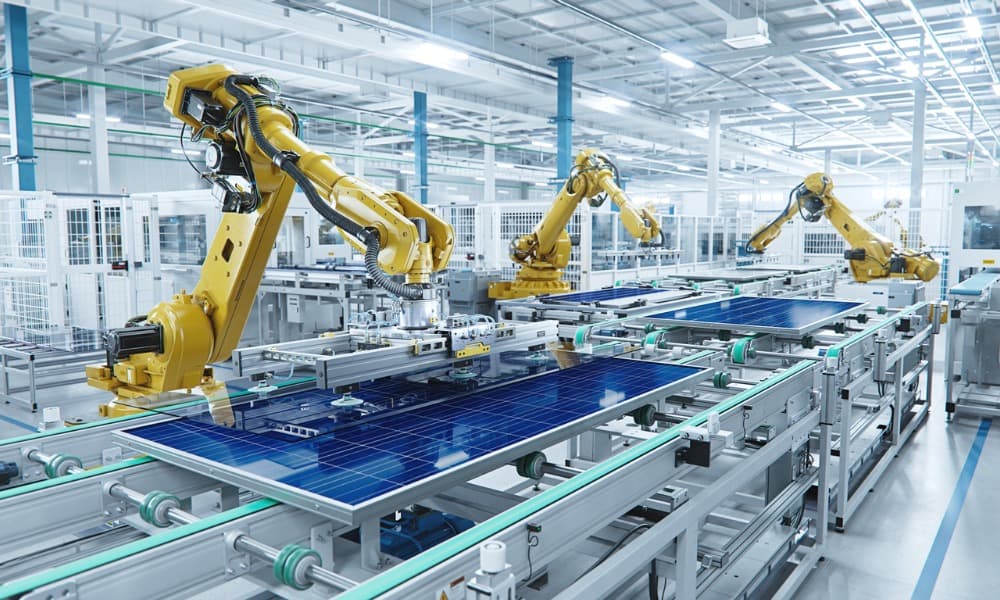Automation is the key to boosting productivity, cutting costs, and enhancing customer experiences. However, with the overwhelming options for automation tools, it can be challenging to implement or deploy the right solution. Learn in this guide how to navigate this vast landscape.
Key takeaways:- Digital transformations integrate digital technology into all aspects of business, enhancing processes, services, and overall performance.
- Automation involves using technology to perform tasks without human intervention to streamline processes, reduce errors, and increase efficiency.
- Your business can reap the benefits of digital transformation by embracing distinct types of automation, including robotic process automation (RPA) and AI-driven automation.
- By adopting automation, your organization gains improved productivity and reduced errors.
- Overcome the challenges that may hinder automation implementation by collaborating with a reputable partner.
- Best practices for successful automation implementation include identifying systems and processes to automate and building employee confidence.
An overview of workplace automation
In today’s ever-evolving workplace landscape, technological integration of automation has become a determining factor in how organizations operate and thrive. Automation refers to the application of technology that performs tasks without direct human involvement. This ranges from routine, specific activities to more sophisticated processes that leverage the following implementations:- Process automation: This involves using technologies and software to automate data entry, invoicing, employee onboarding, account reconciliation and other standard processes.
- Robotic process automation (RPA): RPA is an advanced technology that helps businesses build, implement, and manage bots (software robots) designed to emulate human actions.
- AI-driven automation: As the name suggests, AI-driven automation uses artificial intelligence to streamline and automate different tasks, including assembly, welding, and surveillance.
Benefits of automation in the workplace
Automation benefits your organization in different ways, including:1. Increased efficiency
Automated systems complete tasks quicker than human labor. For instance, robots are 10x faster, significantly enhancing efficiency and productivity in various operations. Automated systems run 24/7, ensuring continuous and uninterrupted task execution.2. Reduced human errors
Humans can make detrimental errors, such as omitting indispensable parts in assembly and making data entry errors due to fatigue or distraction. However, automated solutions are impervious to such flaws. They work precisely and tirelessly, making them ideal for many applications.3. Enabling scalability
As your business grows and engages more customers, you need scalable solutions to manage growth and optimize performance. Automation facilitates systems that efficiently accommodate increased workloads, higher demand, and more robust operations. They do so without vulnerability to more errors, which can be a significant hurdle with human labor. Besides these immediate upgrades, your company gains long-term strategic advantages like data analytics and enhanced decisionmaking. Best-in-class automated systems can provide indispensable insights from enormous data sets and use them to make better, informed decisions.Overcoming challenges on the path to automation
The automation-adoption journey is fraught with diverse challenges: employee pushback, limited funds, integration complexity, and digital security concerns. But you can overcome many of them:- Consult with key stakeholders before automating to reduce resistance.
- Prepare a budget to plan your automation project. If you have limited resources, start small and grow gradually.
- Use advanced cybersecurity measures like vulnerability scanners and patch management systems to safeguard against digital threats.
- Bridge skills gaps by training and guiding your employees through automation’s intricacies.
